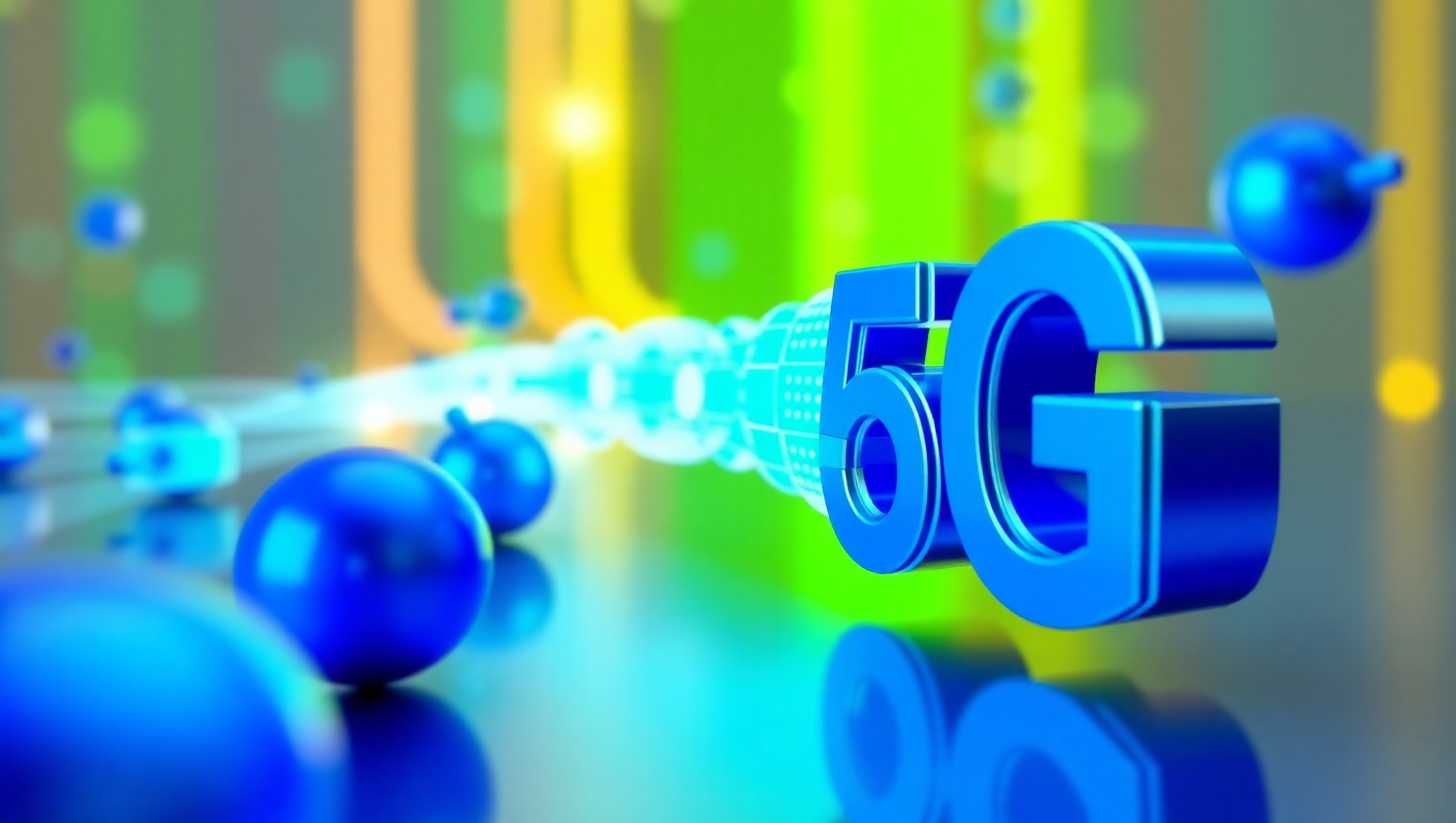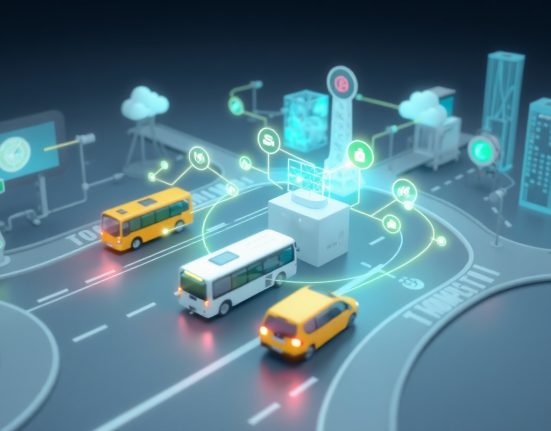The world of mobile communications is currently undergoing an unprecedented technological revolution. While 4G networks have dominated the global digital landscape for the past decade, the massive introduction of 5G technology and the development of sixth-generation 6G networks promise to completely transform the way we communicate, work, and live. This transition is not merely a technical improvement, but a paradigmatic shift that affects all areas of modern life.
5G technology brings with it capabilities that were once the realm of science fiction. The dramatically increased speeds, reaching up to 10 gigabits per second in some cases, enable downloading 4K quality movies within seconds. But speed is just the tip of the iceberg. The ultra-low response time, known as latency, reaches less than one millisecond in advanced 5G networks, enabling applications that require immediate response such as autonomous vehicles, remote medical robotics, and exceptionally sharp augmented reality experiences.
The ability of 5G networks to support millions of connected devices in a small geographical area opens the door to the era of the true Internet of Things. Smart cities can now manage hundreds of thousands of sensors simultaneously, from smart lighting systems to digital parking meters, all communicating continuously with urban control centers. Industry benefits from similar capabilities, as factories can connect every machine, sensor, and system to one integrated network that enables unprecedented levels of management and control.
In the healthcare sector, 5G enables remote robotic surgeries, where a specialist doctor can operate on a patient located on another continent using a sophisticated surgical robot. The low response time ensures that every movement of the doctor is instantly translated to the robot’s action, without delay that could endanger the patient. Patient monitoring systems can now transmit medical data in real-time, enabling doctors to identify health issues at their earliest stages.
The impact on the entertainment and media industry is no less impressive. Virtual reality and augmented reality experiences gain new meaning when content can be transmitted in real-time and in the highest quality. Gamers can now play complex games on simple mobile phones, with all heavy processing performed on remote servers and results transmitted in real-time. The film industry is exploring possibilities for creating interactive content where viewers can influence the plot during viewing.
Already now, as 5G networks are still in early deployment stages worldwide, researchers and engineers are beginning to plan the next generation – 6G networks. This technology is expected to reach technical maturity around 2030 and begin commercial deployment in the early fourth decade of the century. The technological goals of 6G are ambitious to the point of being fantastical – speeds of up to 1 terabit per second, virtually no response time, and full global coverage including remote areas and oceans.
The 6G vision includes seamless integration between terrestrial communication, satellite communication, and aerial communication using drones and unmanned aircraft. The idea is to create a three-dimensional network that covers not only the Earth’s surface, but also airspace and near space. Aircraft, ships in distant oceans, and even space stations will be able to connect to the global network with the same service level as modern city centers.
Artificial intelligence will be a built-in component in 6G networks, not just an external tool. The network itself will learn and adapt to usage patterns of specific users, identify problems before they occur, and perform automatic corrections. Every connected device will be able to communicate with every other device regardless of geographical location or service provider.
The social and economic applications of these new technologies are deep and wide-ranging. The modern job market is already beginning to feel the impact, as new professions are created and others become obsolete. 5G and 6G network engineers, augmented reality application developers, and cybersecurity experts specializing in high-speed networks are just part of the new professions emerging. Simultaneously, many traditional professions undergo significant change as new technology integrates into existing work processes.
The technological and social challenges are not simple. Global deployment of 5G networks requires massive investments in infrastructure, mainly due to the need for many more base stations because of the relatively short range of signals at high frequencies. Cities need to adapt their urban planning to allow installation of numerous antennas, while dealing with resistance from residents concerned about electromagnetic radiation. The digital divide between rich and poor areas may widen, as rural areas and developing countries may lag behind in deploying new technologies.
From an information security perspective, faster and more complex networks also create new security challenges. The enormous amount of data collected and transmitted in new networks raises sharp questions about privacy and personal data security. Governments worldwide are debating how to regulate and supervise such advanced technologies without hindering technological innovation.
The environmental impact of advanced communication networks is another issue requiring serious attention. Although 5G and 6G networks are expected to be more energy-efficient per unit of transmitted data, the total amount of data and connected devices is growing at a faster rate. More base stations, larger data centers, and connected devices in unprecedented numbers – all require significant energy and create a substantial environmental challenge.
Despite the challenges, the positive potential of new technologies is enormous. The daily lives of billions of people will improve significantly when advanced digital services become available and accessible. Distance learning will reach new levels of interactivity and efficiency, personalized medicine will become available to everyone, and smart and efficient transportation will reduce air pollution and traffic jams in major cities. The technological future is approaching rapidly, and the changes it brings will affect every aspect of modern life. The path forward requires cooperation between technology companies, governments, and civil society to ensure that the benefits of new technologies reach everyone while minimizing risks and challenges. The digital revolution is not just a technical question, but also a social and economic challenge that requires comprehensive planning and consideration for future generations.














